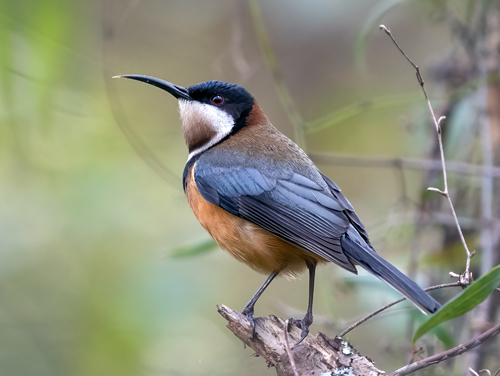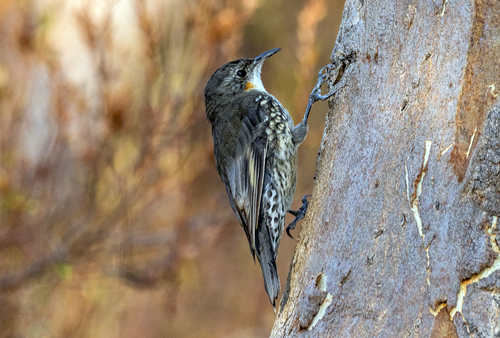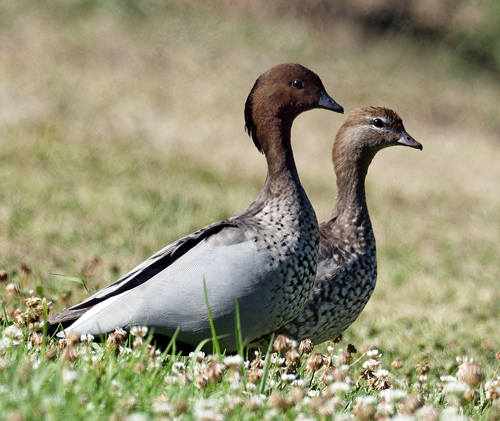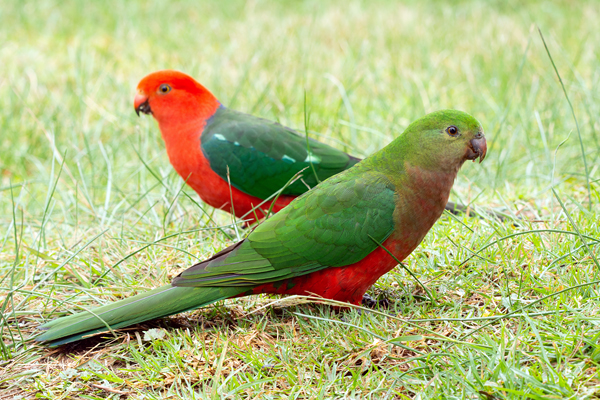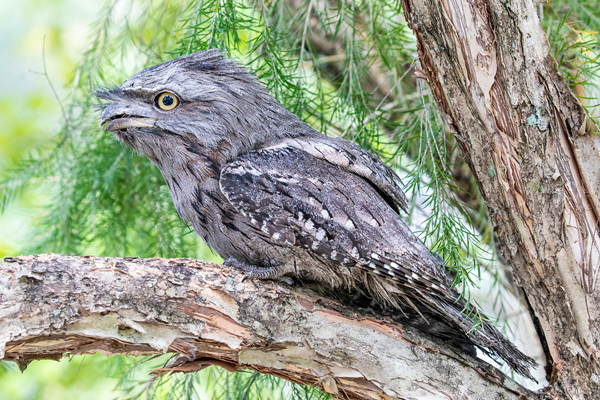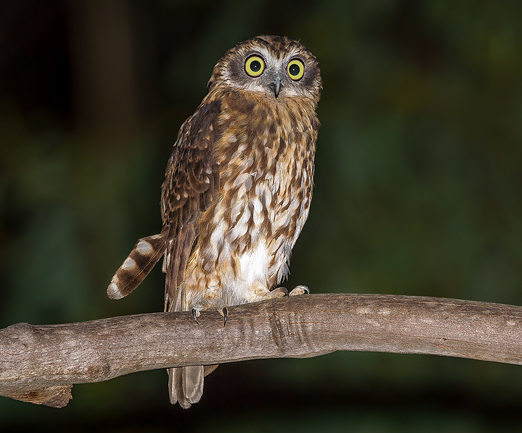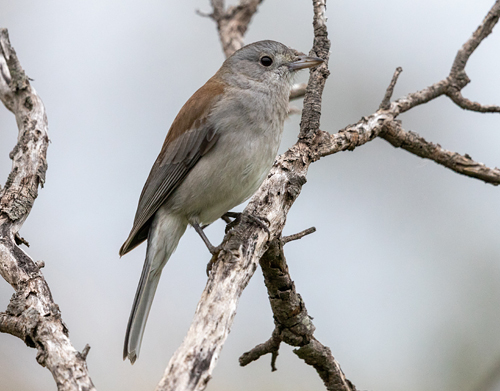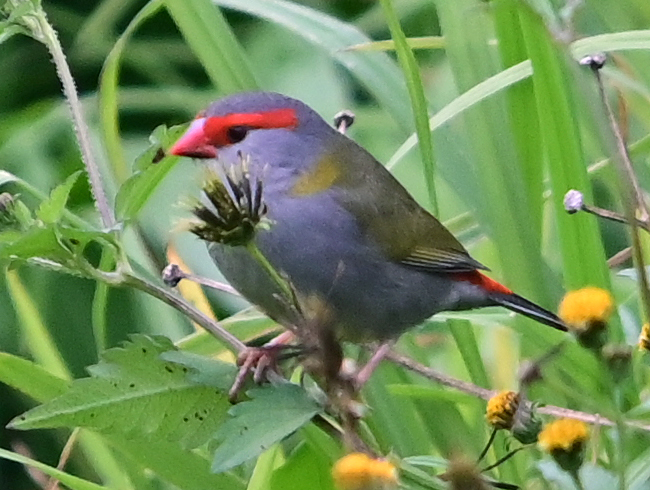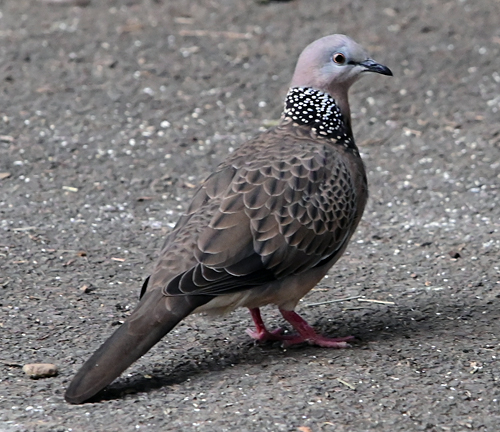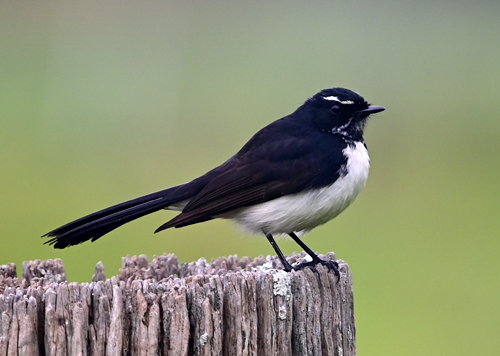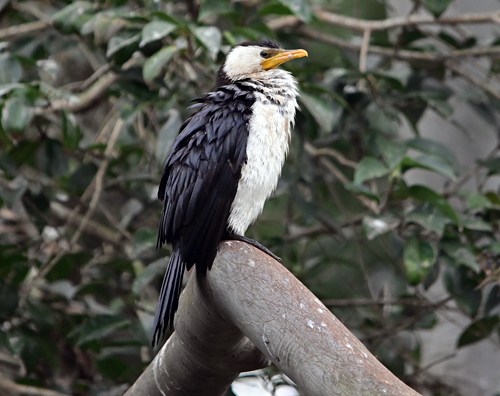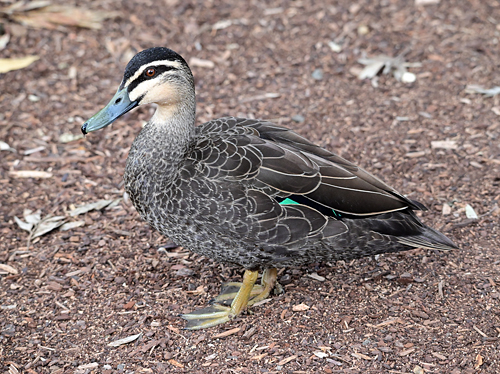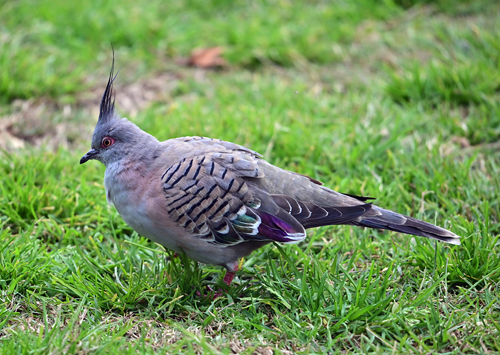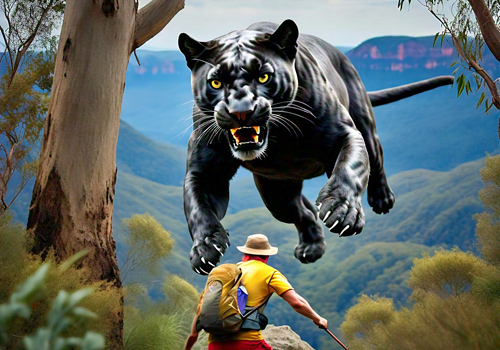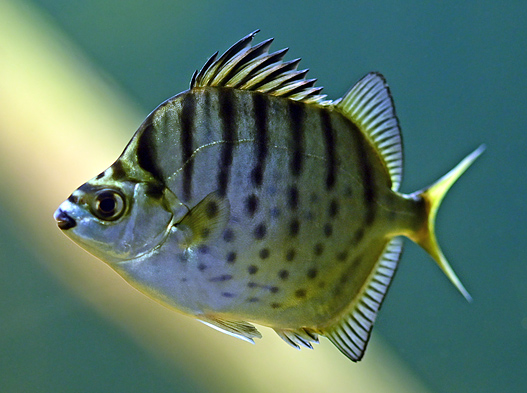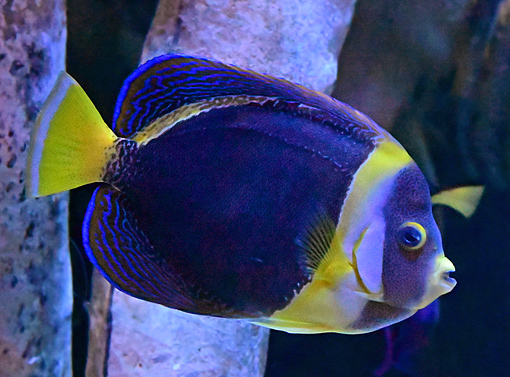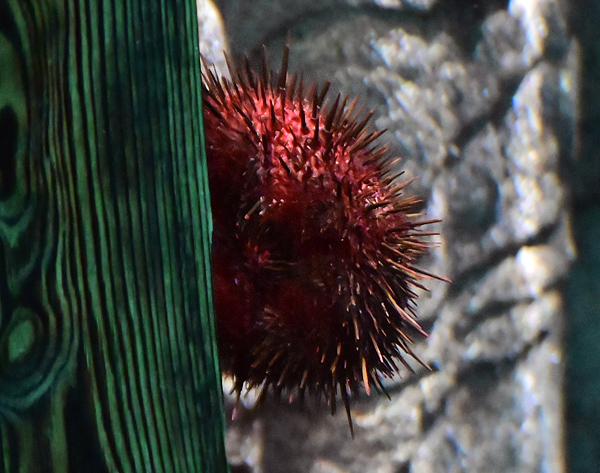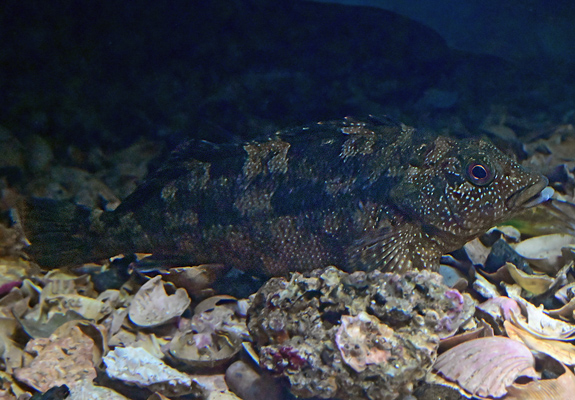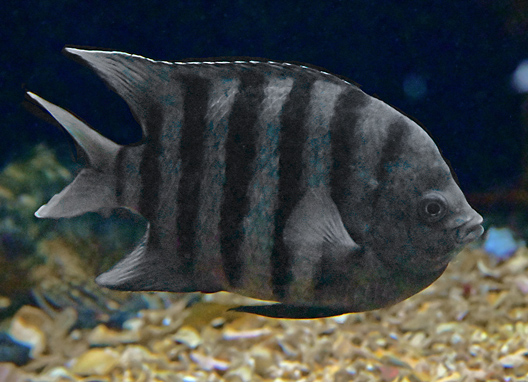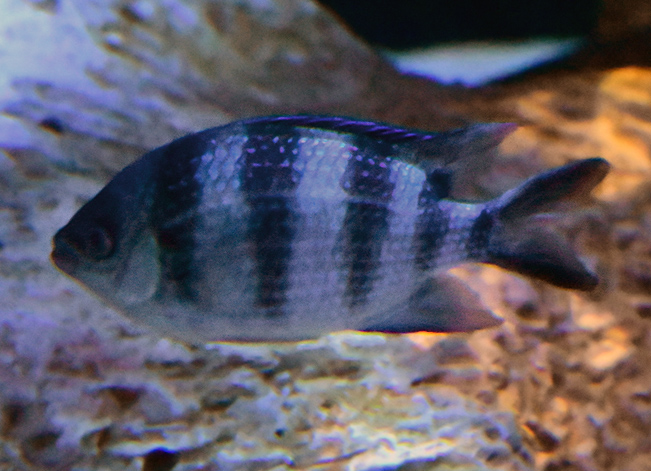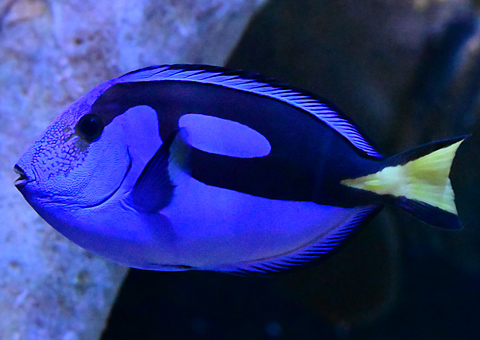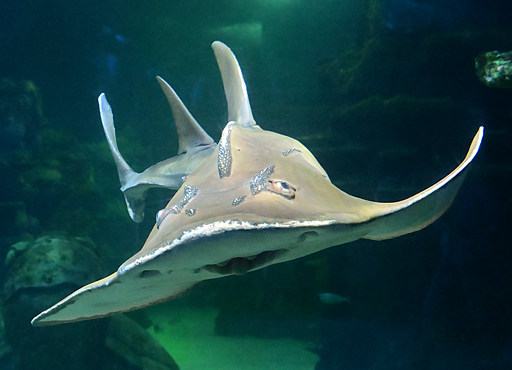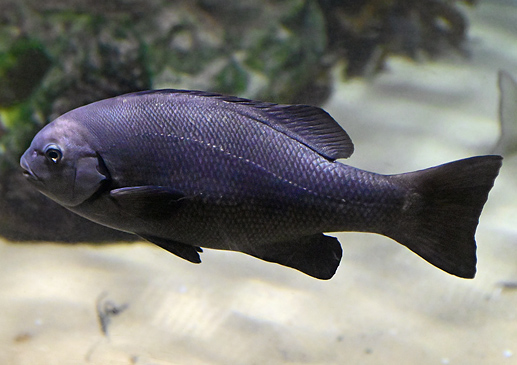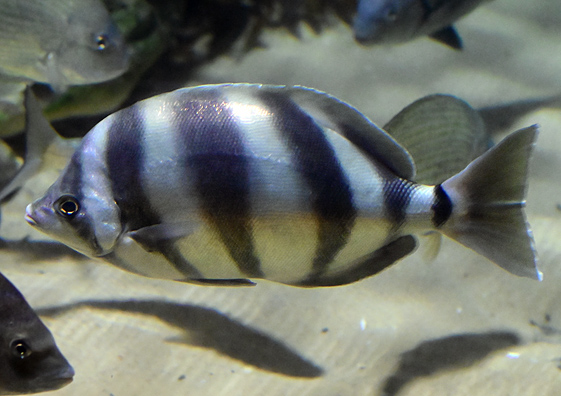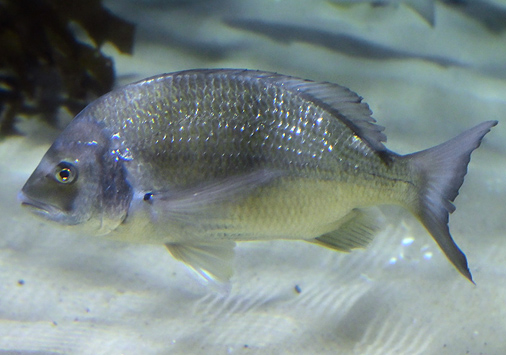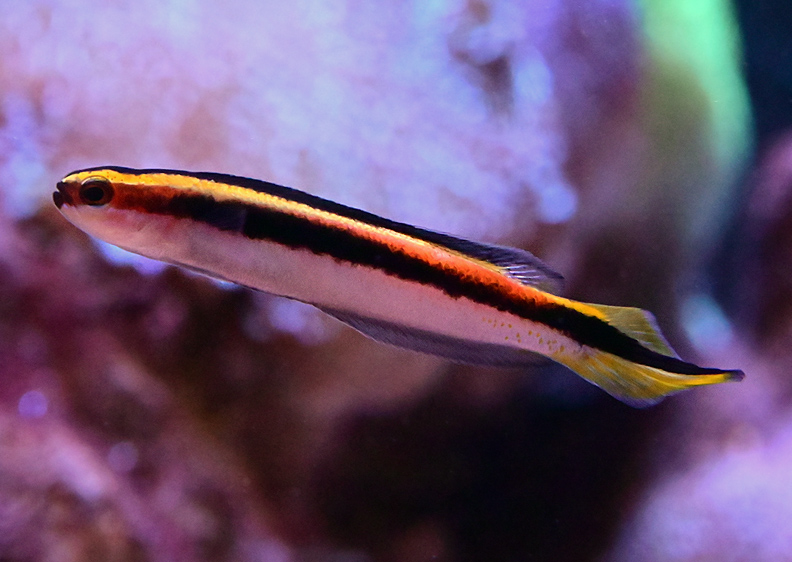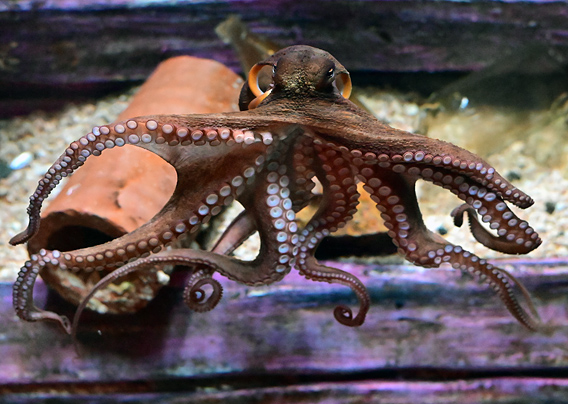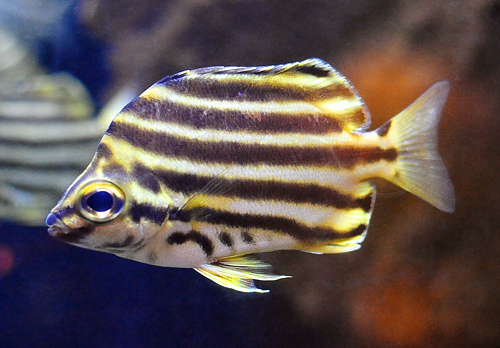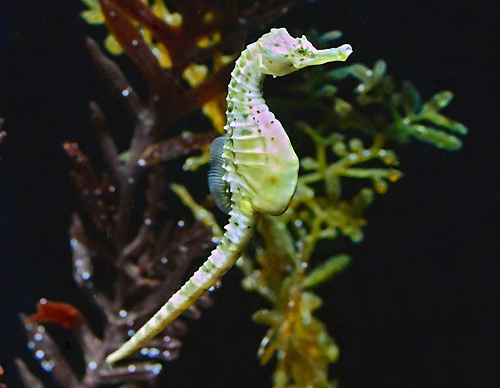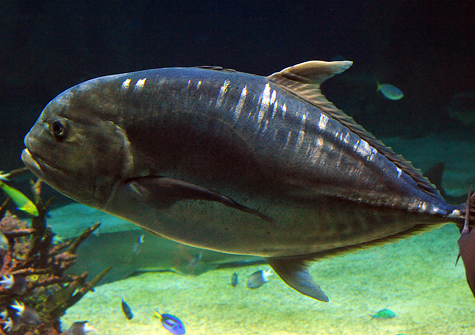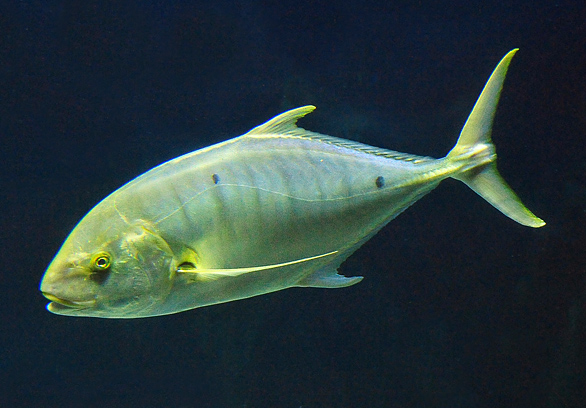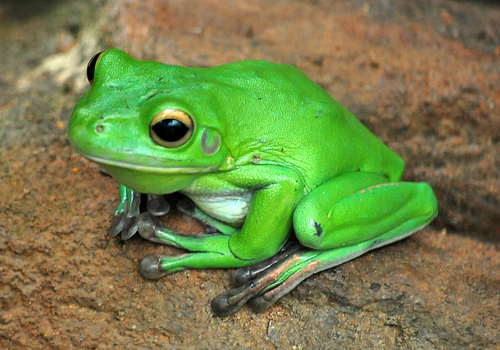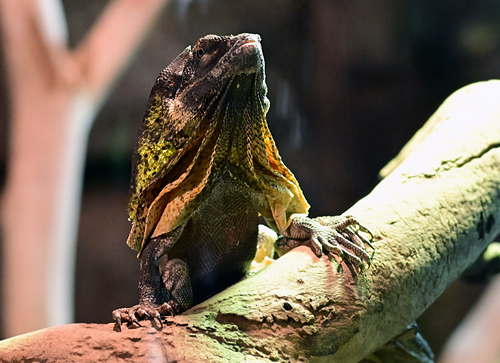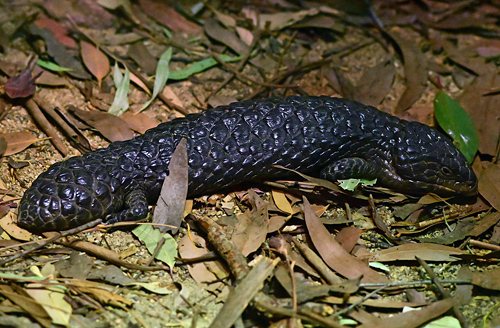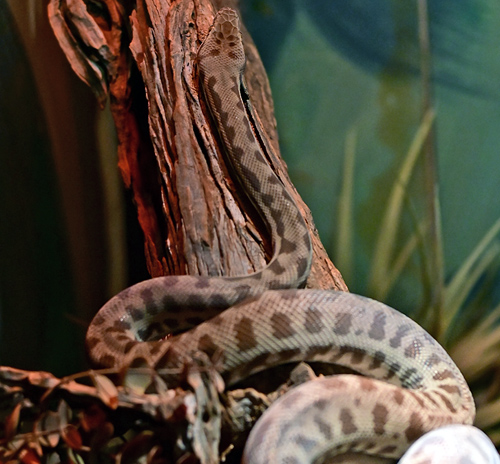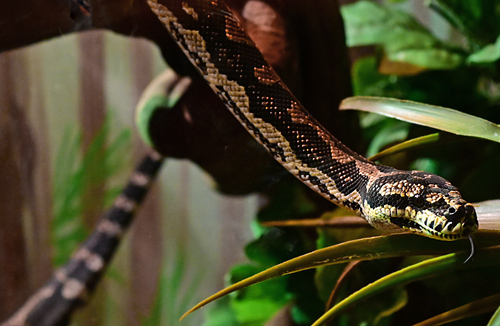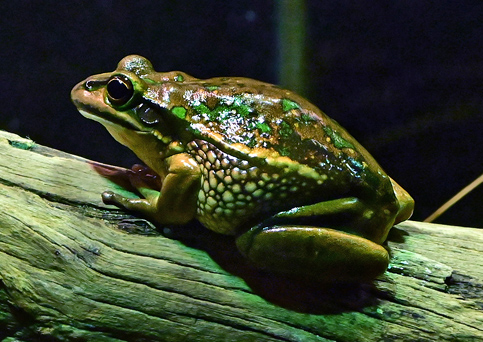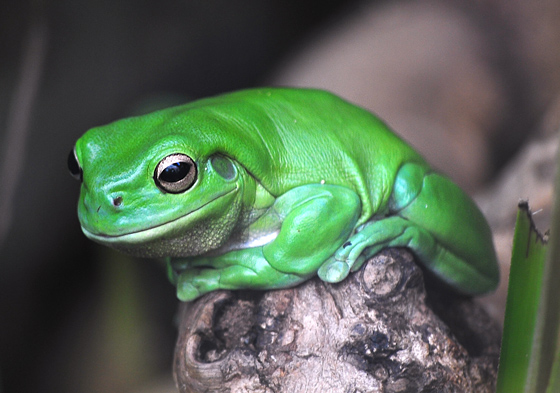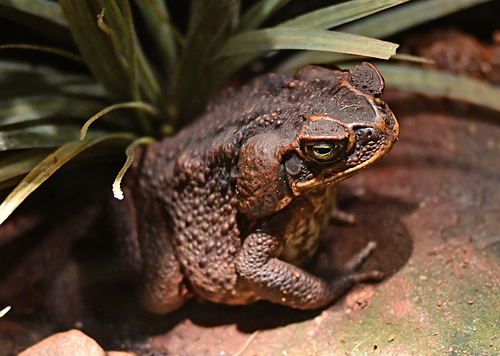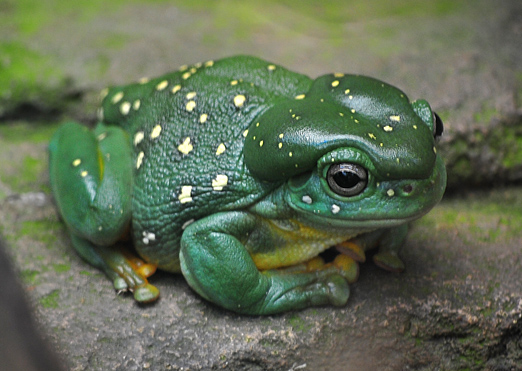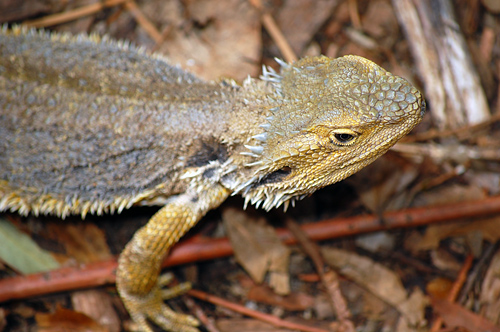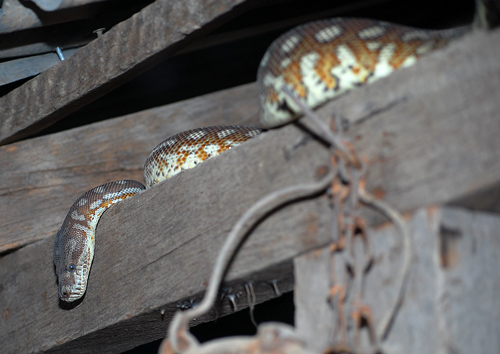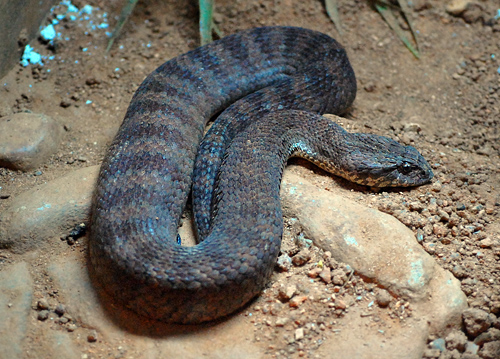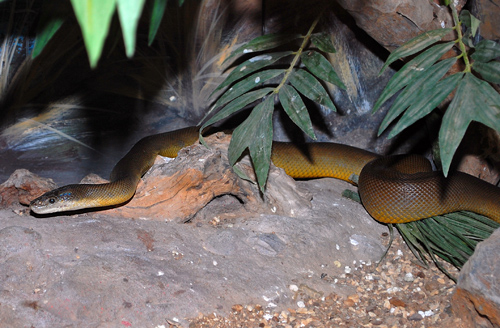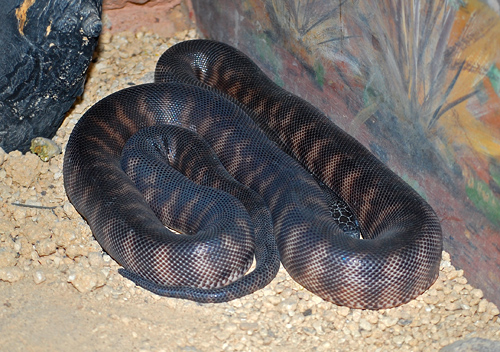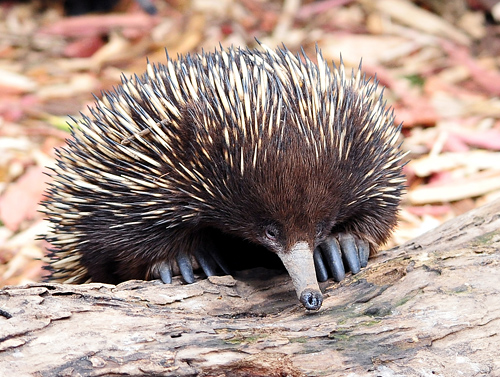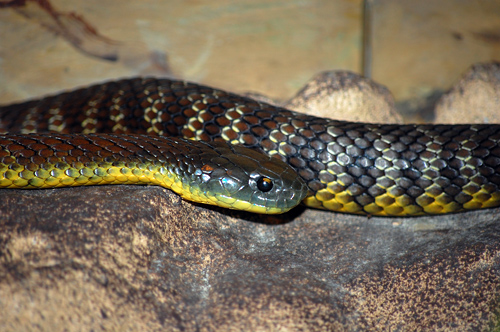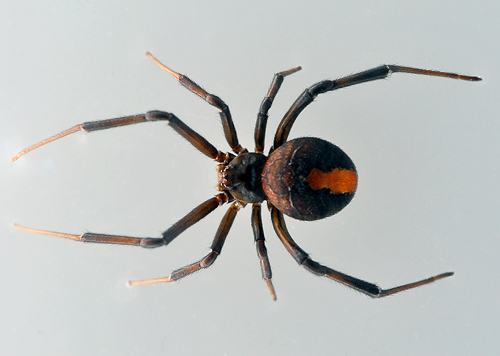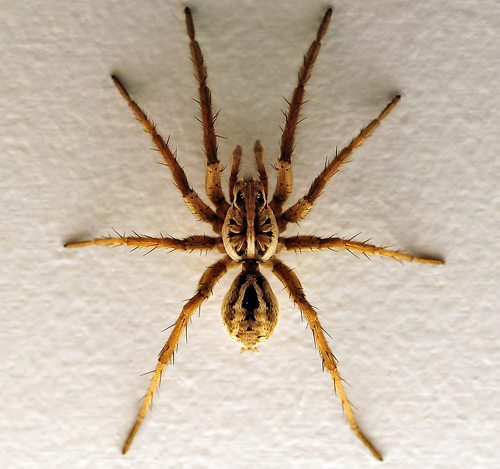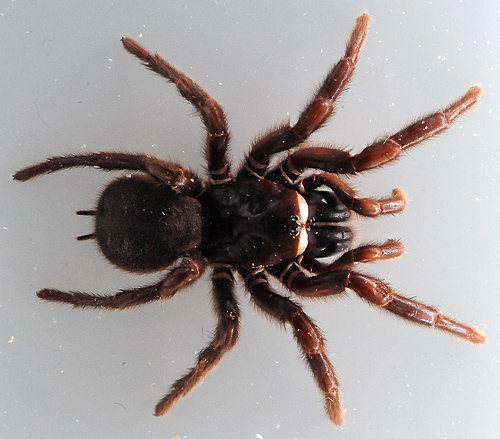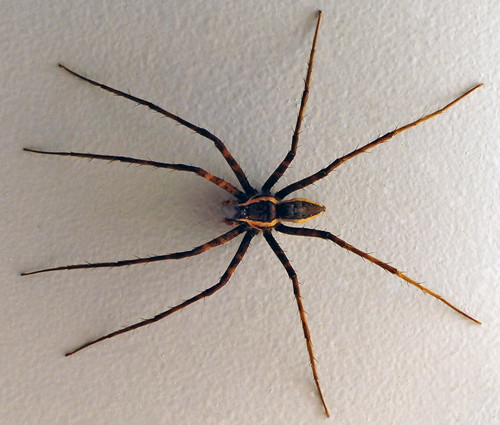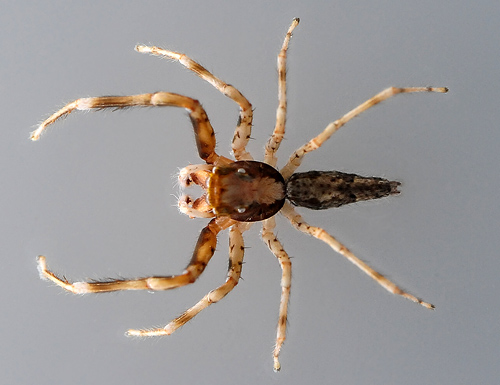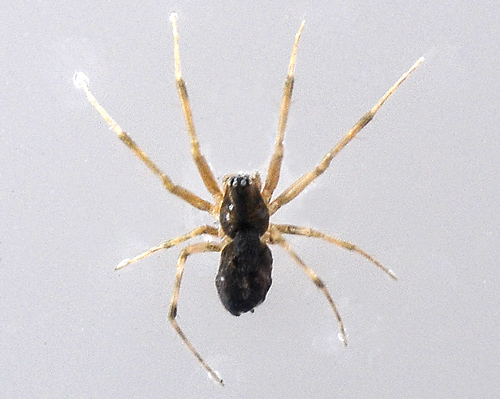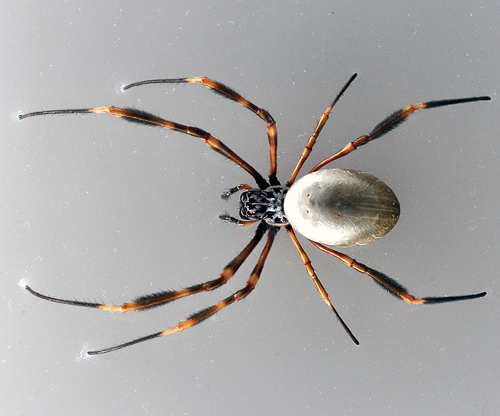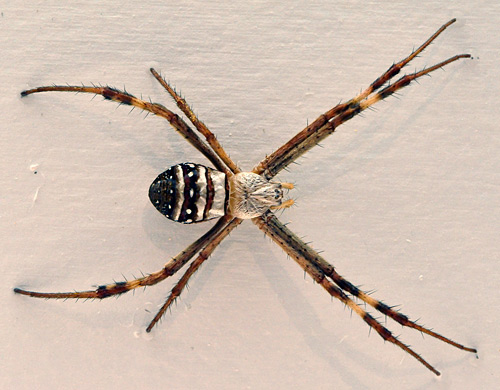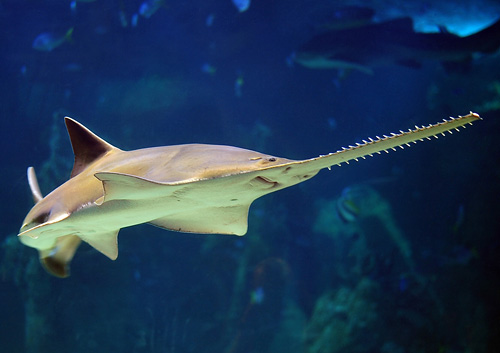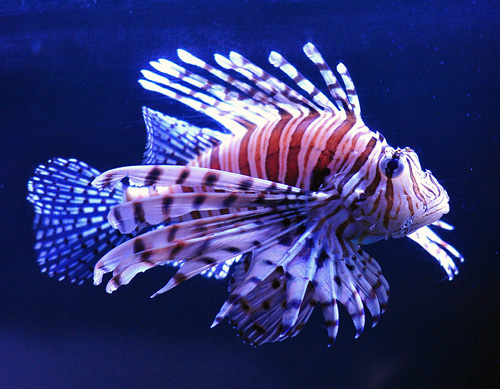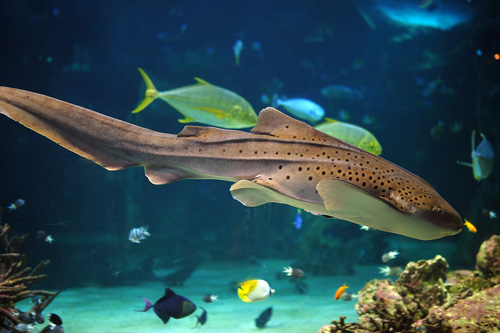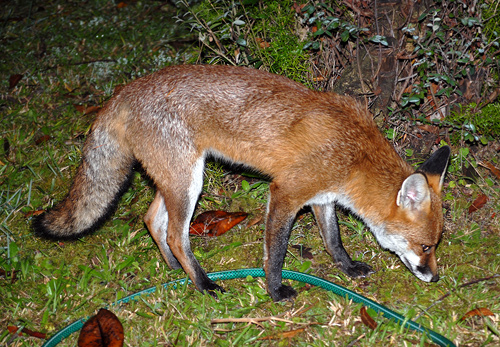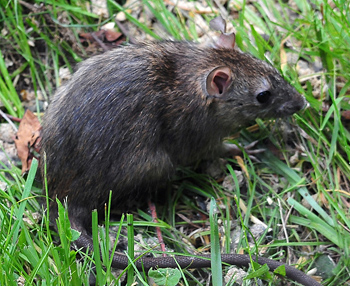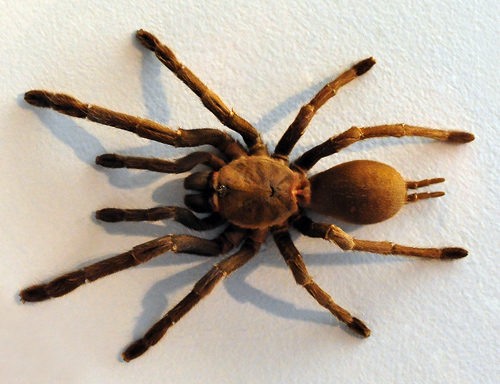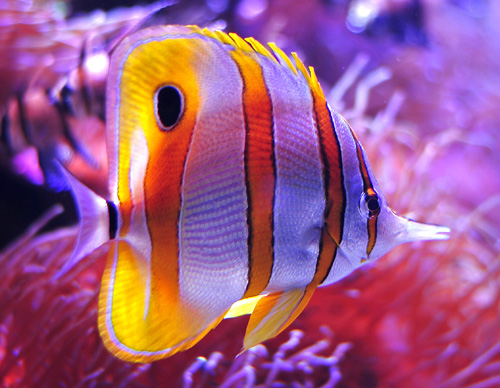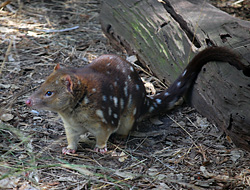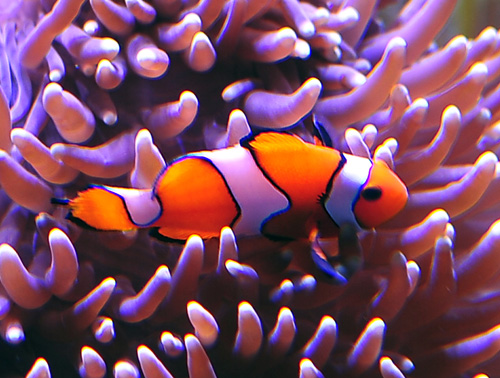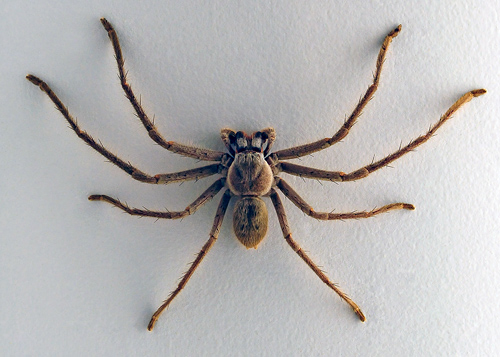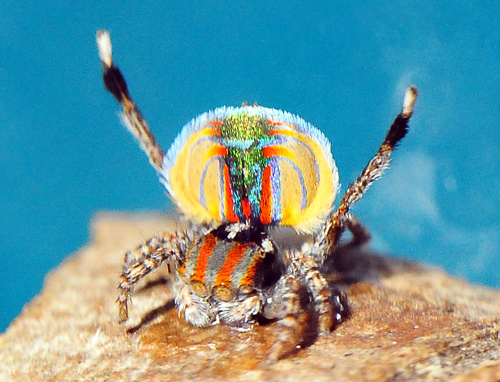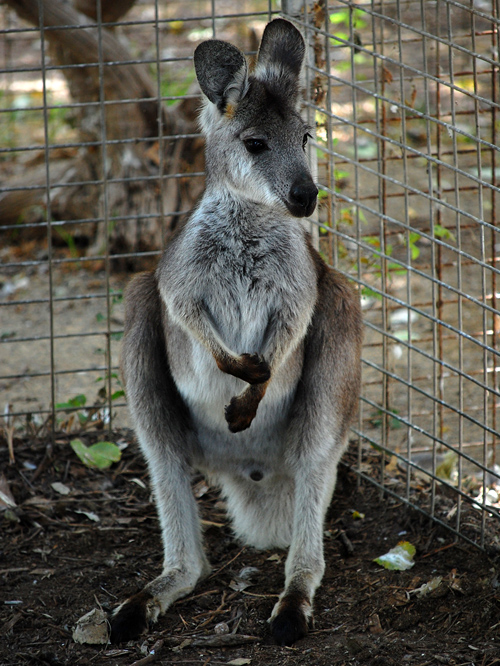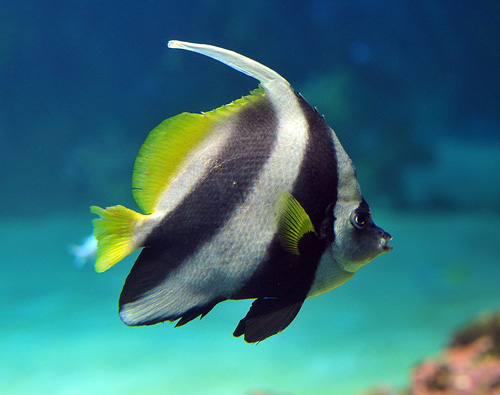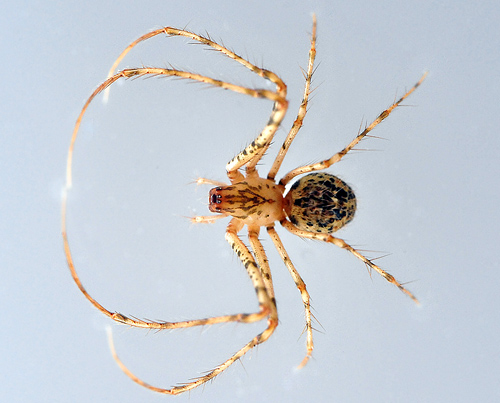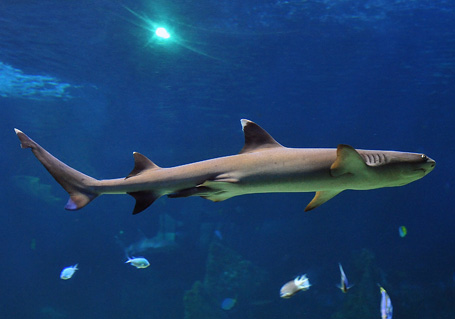Green and Golden Bell Frog
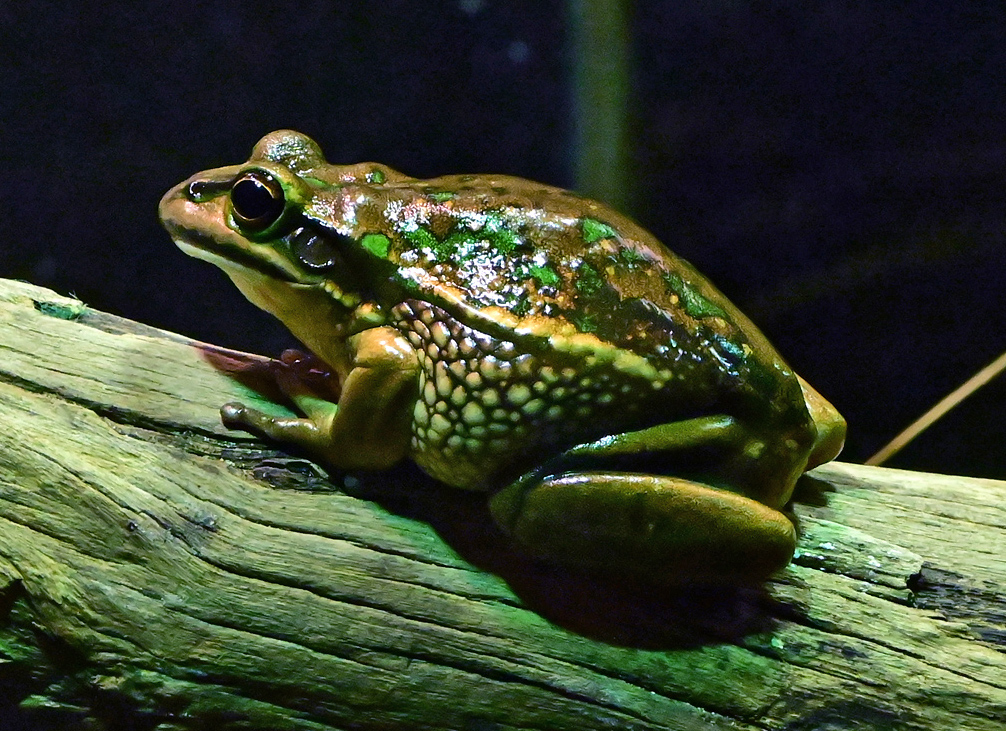
Litoria aurea
Other Names: Ranoidea aurea, green bell frog, green and golden swamp frog, green frog.
Size: 7-11 cm. It can reach up to 11 cm (4.5 in) in length, making it one of Australia's largest frogs.
Family: Pelodryadidae, Genus Litoria (Australasian tree frogs) which has 93 species, and usually several new species identified every year.
Distribution: Formerly distributed in a strip a few hundred kilometres from the southeast coast of Australia, from the north of NSW to east Gippsland in Victoria. Now only found in a small number of isolated locations.
Status: Endangered in NSW, vulnerable nationally and globally. Though once one of the most common frogs in south-east Australia, the green and golden bell frog has endured major population declines, particularly in highland areas. As most of the remaining populations live on private land, the logistics of the conservation effort can be complicated. Despite the situation in Australia, some frog populations have survived with more success in New Zealand and several other Pacific islands, where it has been introduced. However, even in these areas the population of green and golden bell has been rapidly declining in the past few decades.
Habitat: Swamps, ponds, dams, other still water. Likes reedy plants. Many populations, particularly in the Sydney region, inhabit areas of infrequent disturbance, such as golf courses, disused industrial land, brick pits, and landfill areas.
References: Clulow and Swan, Wikipedia.
About the Green and Golden Bell Frog
The Green and Golden Bell Frog is a ground-dwelling "tree frog" native to eastern Australia. Despite its classification (as a tree frog) and climbing abilities, it does not live in trees. It spends almost all of its time close to ground level.
Diet: Green and Golden Bell Frogs are voracious eaters of insects, but will also eat larger prey, such as worms and mice. The frogs can engage in cannibalism, and males frequently attack and injure one another if they infringe on one another's space.
Breeding: Breed in the warmer months, spring and summer. Males reach maturity after around 9 months, while for the larger females, this does not occur until they are two years old. Eggs are laid in floating clusters which then sink.

Photo taken at Wild Life Sydney Zoo, NSW.
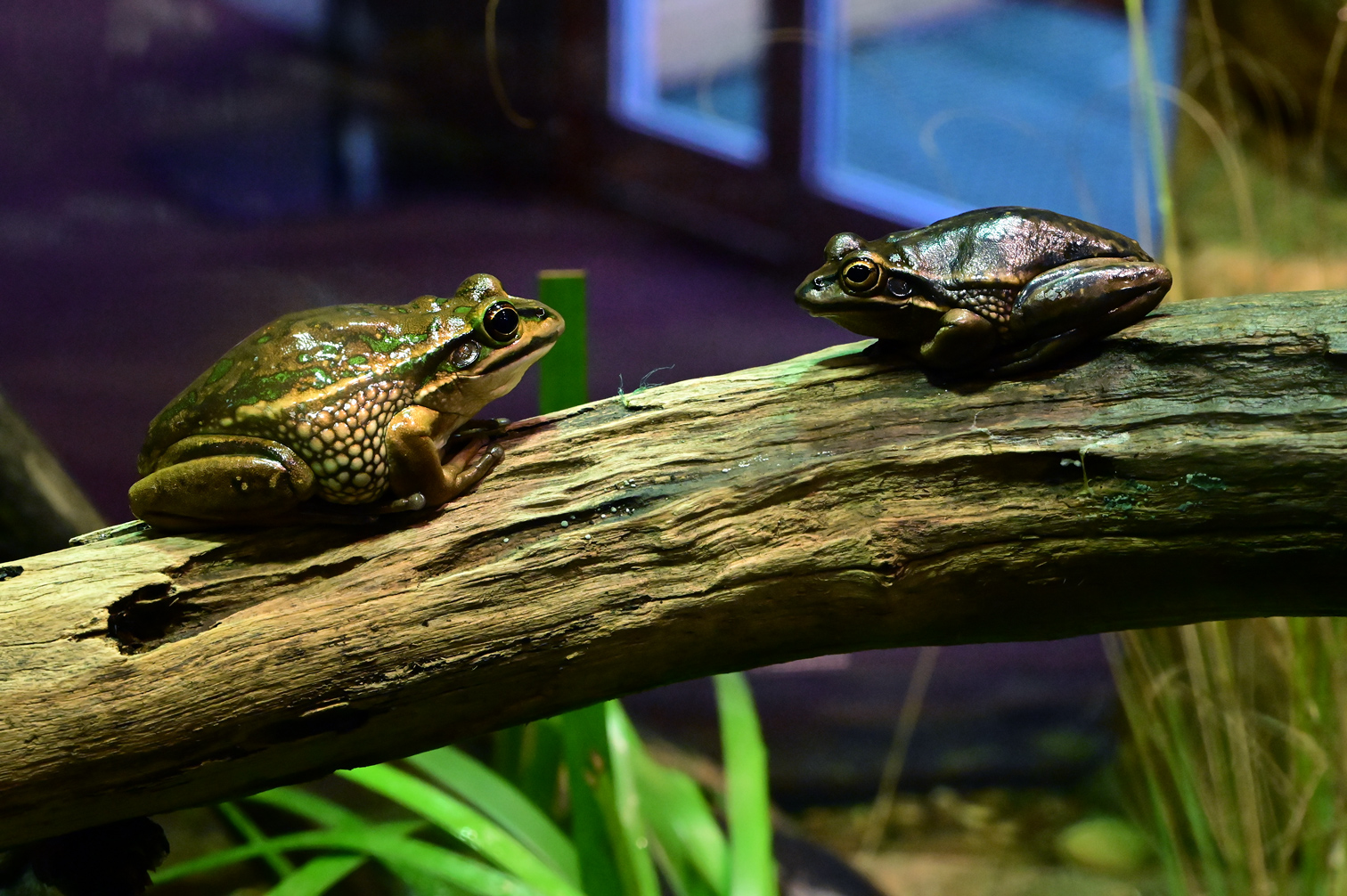
Photo taken at Wild Life Sydney Zoo, NSW. Higher Resolution 3024 x 2012.
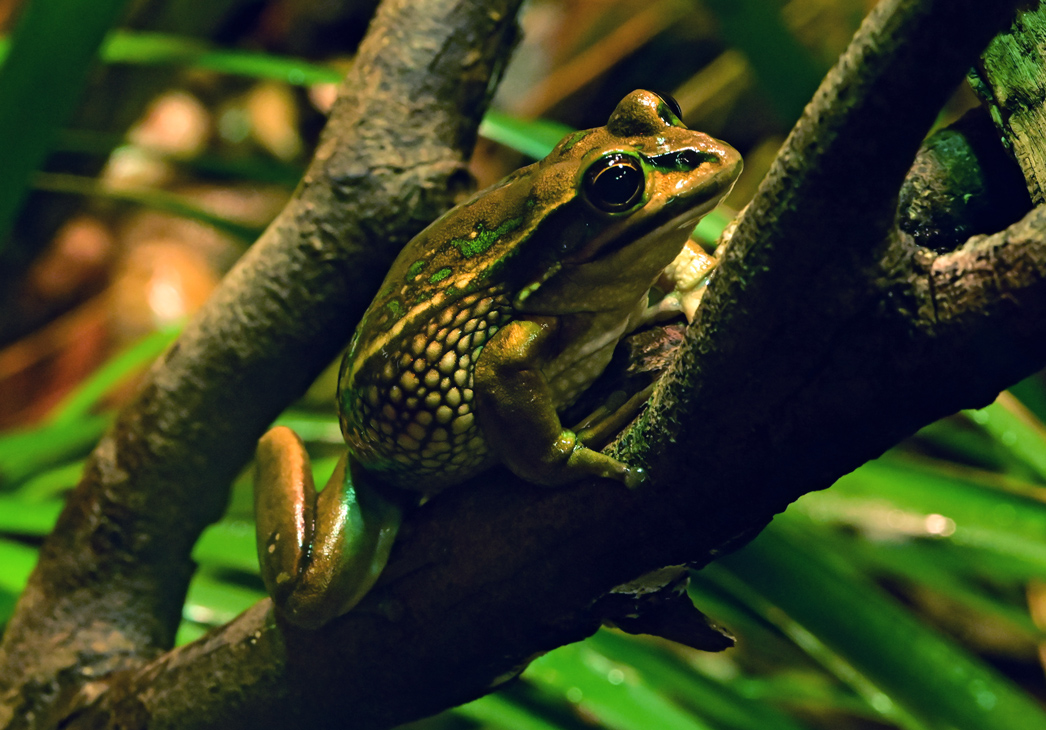
Photo taken at Wild Life Sydney Zoo, NSW. Higher Resolution 2500 x 1667.
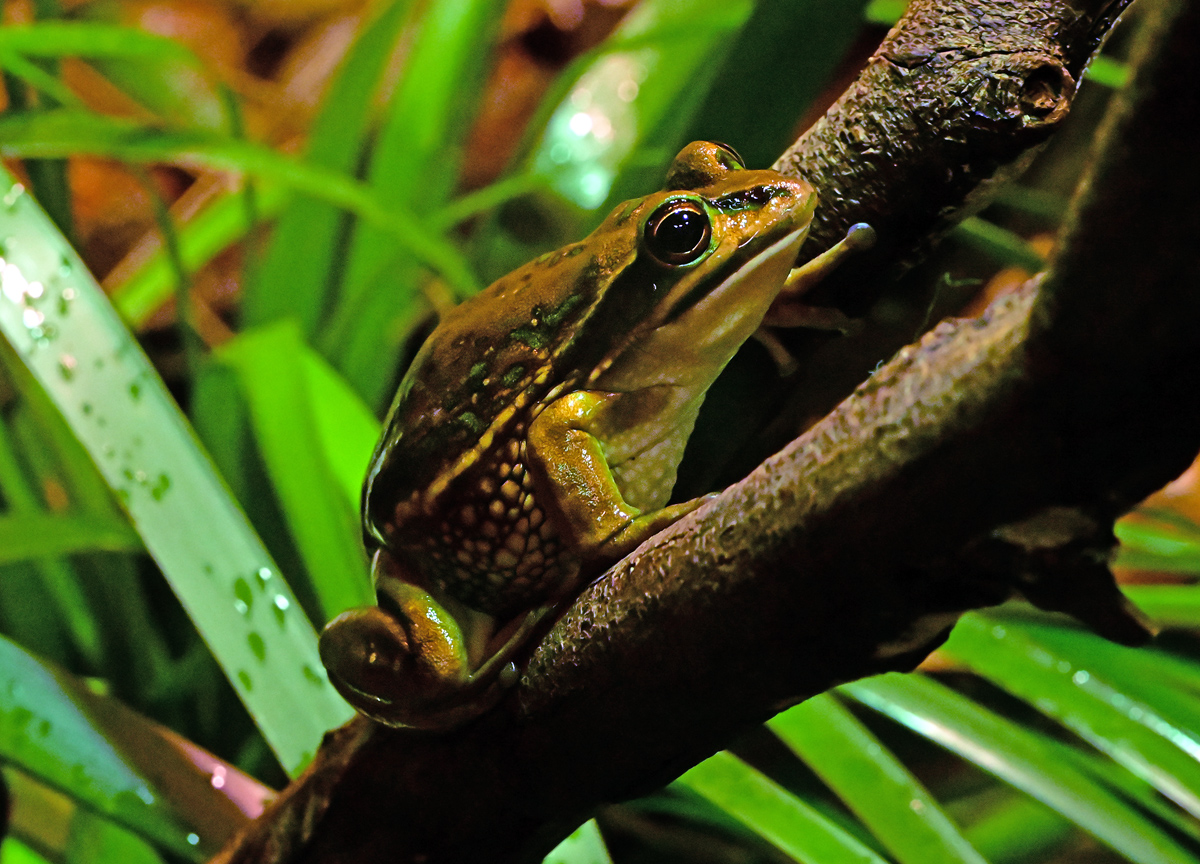
Photo taken at Wild Life Sydney Zoo, NSW. Higher Resolution 2880 x 1920.
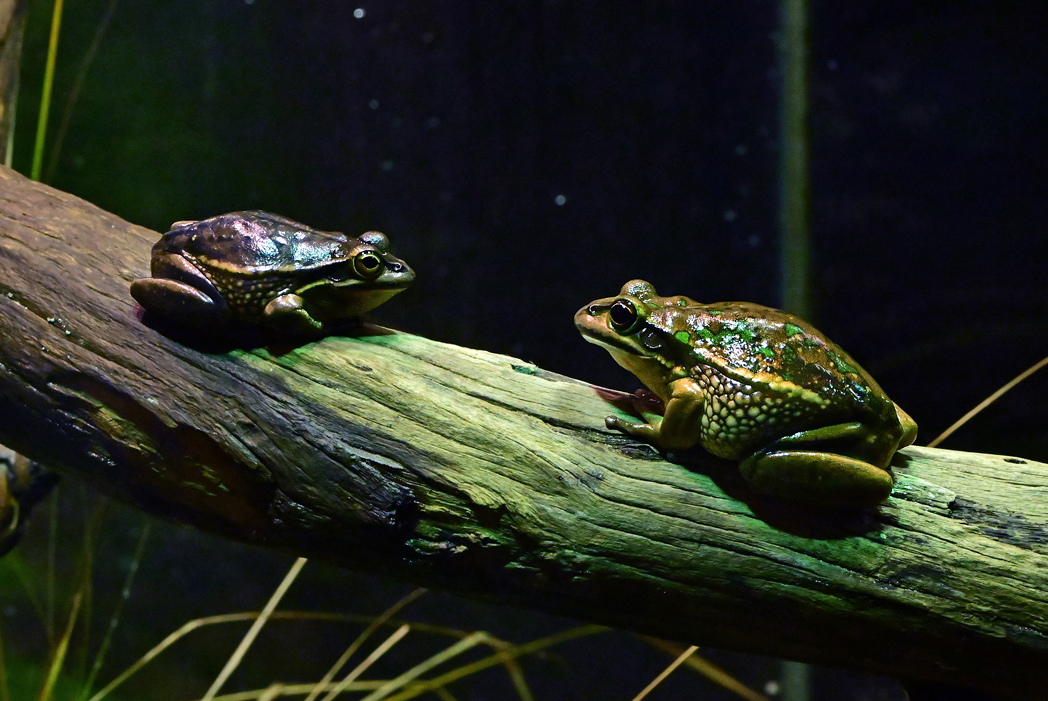
Photo taken at Wild Life Sydney Zoo, NSW. Higher Resolution 3024 x 2012.
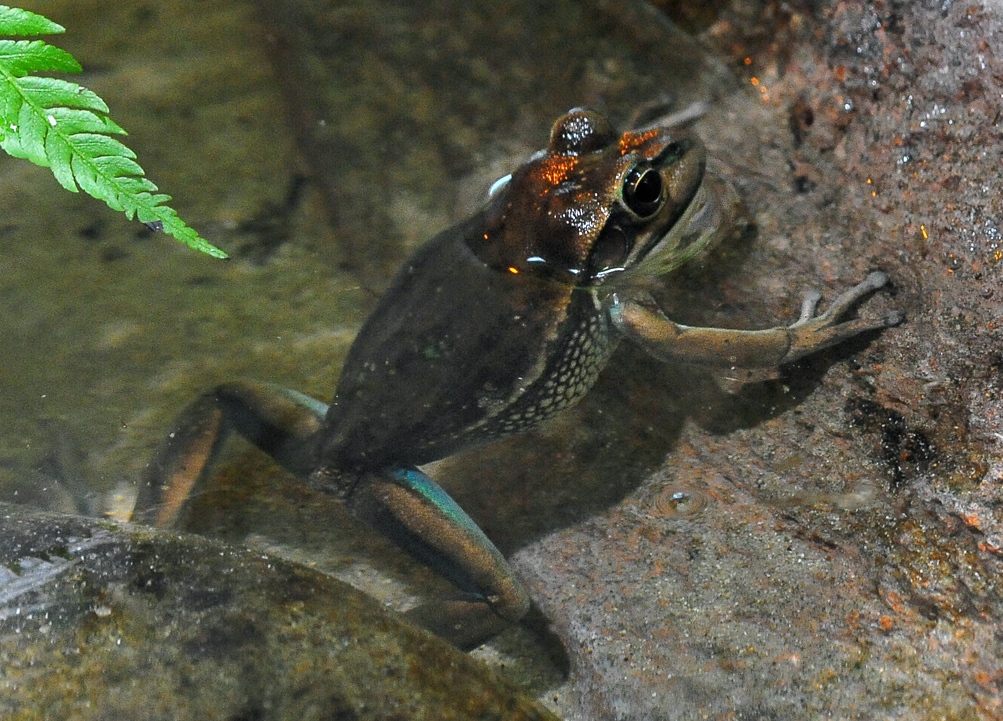
Photo taken at Wild Life Sydney Zoo, NSW. Higher Resolution 2784 x 1848.
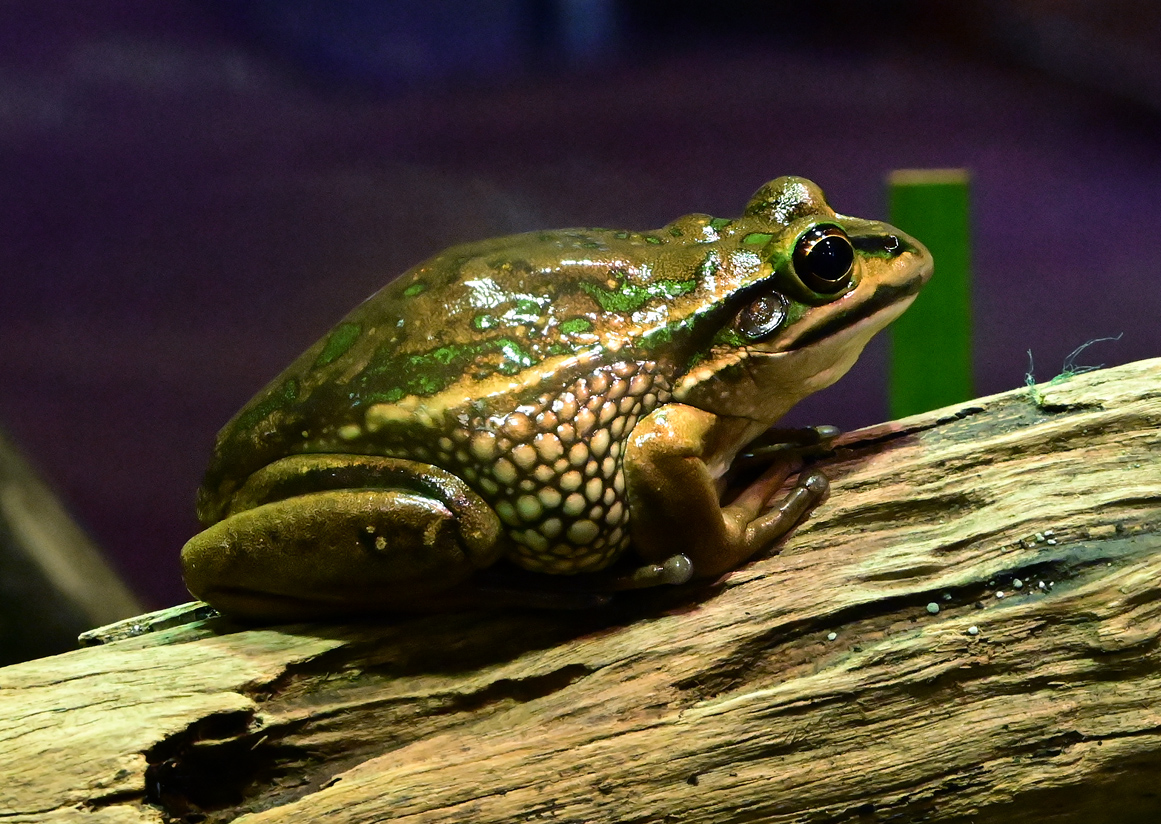
Photo taken at Wild Life Sydney Zoo, NSW. Higher Resolution 2500 x 2053.
See Also
Australian Mammals
Australian Birds
Australian Reptiles
Australian Fish
Australian Spiders and Their Faces
Australian Wild Plant Foods
Return to Australian Frogs



